
Air Plant Guide
Willing to give your house a green touch? We have your back! Invest in an air plant. There is unquestionably a charming quality to air plants. All plants are lovely, but air plants stand out because they have a distinctive personality. They resemble pets when not bound by soil and roots, and this comparison is furthered by their peculiar appearance, which is a mix of a plant and a creature.

The distinctive feature of Tillandsia plants is that their roots can anchor to other objects, primarily trees. So this plant is known as an epiphyte by botanists. Considering that air plants can grow in nothing but air, they almost have an otherworldly quality. Yes, no soil is necessary at all.
With their resurgence in popularity, people are learning more about these unusual-looking plants and finding creative ways to display them. As a result, air plants can now be hung, mounted, or put in terrariums, bottle gardens, or other ornamental containers with grit, stones, or pretty much anything else you can think of. Not everyone should have potted plants, such as those without a green thumb or those who live in small spaces. Air plants are a great alternative to indoor potted plants because of their small size and low maintenance needs.
Additionally, the leaves of some plants can resemble alien tentacles or the limbs of strange sea creatures. Over the past few years, these intriguing little plants have grown to be quite common, showing up in nearly every plant nursery.
Air Plant Species
Any of the roughly 500 distinct species of flowering perennial plants in the Tillandsia genus, a member of the Bromeliad family, are referred to as "air plants." Their roots don't need any soil. Instead, they remove moisture from the air. These kinds of plants are referred to as epiphytes.

Air plants are now quite fashionable and used in a variety of hanging garden applications, despite once being uncommon in commercial use. Most species are mounted on pieces of bark or driftwood and suspended in the air, though a few can be grown in pots. Because it groups a collection and promotes good air circulation, a hanging grid is another well-liked display for air plants.
Although there are numerous Tillandsia species, many of them lack common names. They are simply grouped under the terms "air plants" or "sky plants." Or the species name alone might be used to sell them.
Here are different types of air plants you should think about growing indoors:
Tillandsia ionantha
One of the most well-known air plants is Tillandsia ionantha, also referred to as the sky plant. There are dozens of cultivars, but the main species is very well-liked in part because it is incredibly resilient and hardy. With layers of silvery-green leaves that deepen into shades of red and pink as they extend, the plant is quite attractive as well. Just before the plant blooms with violet blossoms, its colour changes.
Tillandsia ionantha 'Maxima' or 'Huamelula'
The "Maxima" sky plant, also referred to as "Huamelula," is a worthwhile option if you're looking for an air plant that stands out. It produces multiple flowers at once and can withstand stronger sunlight than most air plants. Before the plant blooms with brilliant purple flowers, the leaves turn coral red. This cultivar, which grows to a height of 5 to 6 inches and a spread of 3 to 4 inches, is regarded as being rather large for an air plant.

Tillandsia cyanea
It is simple to understand why Tillandsia cyanea is known as the pink quill plant. Purple flowers protrude from the sides of the pink bracts, which fan out like feathers. This species of air plant can even be grown in soil, unlike most others. If given enough moisture, it can survive without it, though, without any problems.

Tillandsia kolbii
Many air plants have the propensity to grow in strange directions or sideways. 'Kolbii' is a tall, upright plant that grows in close clusters and looks like a bunch of celery. It's a small plant, but the soft grey fuzz on its leaves is striking, especially when the leaves turn pink before blooming.
Tillandsia cacticola
Since it doesn't produce a lot of offsets, cacticola is difficult to find in cultivation. This type of air plant is valued highly for its lovely lavender flower. A long stem holding the flower about 8 to 9 inches above the plant protrudes from a rosette of silvery-green leaves on the plant. The name alludes to the fact that it likes to grow on cacti.
Tillandsia capitata 'Peach'
To the touch, Tillandsia capitata 'Peach' is surprisingly soft. As they prepare to bloom, they form a silver-green rosette that eventually turns peachy-pink. The contrast between the peach colour and the purple flower is striking.
Tillandsia circinata
Tillandsia circinata resembles a fennel bulb thanks to its thick, silvery-green leaves, which give it a very substantial appearance for an air plant. Circinata plants only measure about an inch across at the base, but they can reach heights of 6 to 8 inches and produce flowers that are either yellow or purple.
Tillandsia loliacea
If you're fascinated by tiny air plants, the loliacea (Tillandsia loliacea) is a real charmer. The plant only ever grows to a height of about 1 1/2 inches, but its flower stalk reaches up another 2-3 inches to show equally tiny yellow flowers. These tiny air plants look lovely perched on a piece of wood or grouped in terrariums, where they can absorb extra moisture.

Tillandsia xerographica
The unusually wide, flat, grey-green leaves of the xerographica (Tillandsia xerographica) air plant curl like ribbons. The rosette's centre sprouts much thinner new leaves, but the rosette's broad outer leaves provide a striking contrast in an arrangement with smaller air plants. The leaves curl attractively when water is withheld.
What do air plants symbolize?
These tiny plants, also known as Tillandsia, stand for individuality and creativity. These tiny plants are wonderful presents for anyone who lives in a small space or who has a personality that thrives on change. Let them serve as a reminder to be authentic and use your creativity freely!
Plant Care
Don't be deterred by the lack of soil. The maintenance of air plants is straightforward once you are aware of their needs. Although you don't have to worry about potting them, they still need the right temperatures, as well as the right amounts of water and light, just like any other houseplant. When an air plant sends up flowers, you'll know it's getting what it needs. Simply cut the dried flower off, and your air plant will continue to grow and eventually produce more blooms.
Are you hoping to prolong the well-being and happiness of your air plants? To give your air plants the conditions they need to thrive naturally, follow these simple rules:
Sunlight
In their natural habitat, air plants typically flourish when they are shaded or under the canopy of other plants and favour filtered sunlight. The ideal setting is inside or close to a window. Artificial lighting is a good alternative. Keep your air plants as near to the artificial light as possible. You can turn off the lights at night because this plant species don't require a day/night cycle. According to conventional wisdom, all air plants require bright light with sporadic exposure to direct sunlight. You must avoid placing the container in direct sunlight if you have an air plant growing behind glass, such as in a terrarium. No matter what colour your plants are, the glass will intensify the sun's heat and cause uncomfortable temperatures.
Water
All of the nutrients needed by air plants are obtained from organic matter in rainwater and airborne dust. Our tap water is purified to eliminate these microorganisms and make it safe for consumption. Your plant will be dampened by tap water, but it won't be fed. If at all possible, gather a bowl of water with a high organic matter content, such as rainwater, birdbath water, or pond water. The microorganisms are present even if you can't see them.
Although maintaining that level of humidity in homes or offices is impossible, air plants prefer humidity levels over 50%. The water that air plants gather can fortunately be stored for a few days.
Broader leaf plants, such as Xerographica and Fasciciculta, can hold water for long periods and only require weekly soaks.
Thin-leaved plants, like Argentea, need frequent misting and twice-weekly soakings because they cannot hold onto water as well. The Scaposa and Ionantha are positioned in the middle. It's best to soak once a week and mist once in a while. Depending on the climate where you live, this might change.
Fill the bowl partially with the gathered water to soak the air plants. Invert your plants so that the base is not submerged in water. Remove the plants and let the water drain on a towel after a couple of hours. To prevent waterlogging when misting, remove plants from containers.
Distilled water has no nutritional value for air plants and will leach nutrients.
Don't wet the flower when the plant is in bloom.
Temperature
These plants don't have specific temperature requirements, but they do prefer temperatures between 10°C (50°F) and 30°C (86°F). Some varieties can withstand colder temperatures, but it's not recommended because it significantly raises the risk of rotting.
Fertilizing
Although fertilizing will promote growth and bloom, it is not necessary to keep air plants alive. After soaking or misting them, you can give them a light coat of a bromeliad-specific mixture once a month. Your plant will burn if you over-fertilize.
Repotting
This is among the very few indoor plants that will never require repotting thanks to the wonderful trait of not having any kind of extensive root system. Ever.
Propagation
The Air Plant can be multiplied by the seed that it may produce at the end of its life, but this typically only works if you have several Air Plants in flower at once so that they can pollinate one another. Additionally, certain conditions must be met for germination to take place and for the plants to grow into adulthood.
Instead, skipping all that and waiting for the flower spike to die off makes the process much simpler. Around this time, offsets or "pups" start to grow from the mother plant's base. When they are almost one-third the size of the mother plant, you can gently separate them and treat them as individual plants, or you can leave them to grow into an attractive clump.
Pet Friendly or Foe
The good news is that neither people nor the majority of pets, such as cats and dogs, are poisoned by air plants. The bad news is that they may draw playful and curious animals because of their peculiar appearance.
Do not allow your pets to play with them because of their small size, which makes them vulnerable to damage from teeth or claws.
Benefits
Tillandsias are among the easiest plants to care for. You may not be aware of it, but they are much more than just a pretty display or collection addition. They have so many incredible advantages, particularly for your health, that you'll want to buy one right away for your house or place of business. So maybe this article will make you like air plants if you haven't already! Learn more by reading on.
Ornamental value
Like the majority of succulents, air plants come in a wide range of unusual shapes, textures, and hues. This enables landscapers and designers to enhance the aesthetic appeal of any living area. Since air plants don't require soil to grow, they can fit into any space, be put in beautiful containers, or even be moved easily from one room to another. Additionally, they can grow on different surfaces, such as shells or driftwood, giving you more creative freedom.
Stress Levels Are Decreased by Air Plants
Yes, you read that correctly. Whether it's a challenging day at work, a fight with family, or a general feeling of gloom. It works to lift you out of the gloom to be surrounded by some greenery. You feel happier, calmer, and more optimistic when you're in nature. Plants in general, including air plants, can calm you down and speed up your recovery. Numerous studies have demonstrated the therapeutic benefits of having plants around hospitals and of therapeutic horticulture, which uses plants and gardens to enhance both physical and mental health.
Resilient
Pests and diseases do not affect air plants. As long as you give them the appropriate amount of light and water they require, you can count on them to always look their best. They also won't wither and die off easily.
Easy to Propagate
An air plant will flower and produce tiny offsets known as pups in about a year or two. And you can take these pups out and treat them like a brand-new air plant. Therefore, if you buy one air plant, it can quickly multiply into two or more without costing you a dime!
Cleans Air
Two of the worst indoor pollutants are volatile organic compounds (VOCs) and air CO2, which are released when people exhale.
But do air plants purify the atmosphere? Are indoor air quality benefits of air plants?
lowering CO2
During the day, most plants breathe out oxygen and take in carbon dioxide (source). During the day, air plants breathe (or exhale) oxygen. For this kind of photosynthesis, the CAM cycle is utilised.
Air plants will nevertheless reduce the CO2 emissions from your house.
Taking Toxins Out
We breathe in a startling number of toxins daily. Children are particularly vulnerable to the threat posed by these toxins to their health. Human-made toxins, in addition to dust, bacteria, and mould, can harm our hormones and cause respiratory issues!
Air plants also remove heavy metals, human-made toxins, dust, mould, and bacteria from the air. Tillandsias absorb those particles from the air using their trichomes, which are the tiny scales on their leaves.
As you can see, growing an air plant has a lot of benefits. They'll not only make your house stand out, but they'll also make you feel great because you'll always be cheerful and surrounded by positive energy.
Air Plants Arrangements
FAQ’s
Can you use tap water on air plants?
When it comes to water, air plants aren't particularly picky; most tap water is suitable, but it depends on the water quality in your area. The water that should be used is either rainwater, aquarium water, or pond water because these contain more nutrients.
Can air plants thrive in restrooms?
Because they can directly absorb the humidity from your showers and baths, air plants are fantastic for the bathroom. Plus, since they don't require planters or potting soil, they give you more creative freedom when it comes to displaying.
Are indoor plants beneficial to the environment?
Air plants have Trichomes, which are tiny hairs, on their leaves, unlike any other indoor plant. Additionally, these Trichomes are used to absorb water as well as to draw out toxic substances like formaldehyde and benzene from the air. Additionally, they photosynthesize at night, just like most plants do.
Do air plants favour the sun or the shade?
Air plants need at least a few hours of bright, indirect sunlight each day to thrive and grow.
Air Plants collection
-
Original price Rs. 399.00Original price Rs. 399.00 - Original price Rs. 399.00Original price Rs. 399.00Current price Rs. 249.00Rs. 249.00 - Rs. 249.00Current price Rs. 249.00
Chidrens Tillandsia Air Plant
Product Name: Chidrens Tillandsia Air Plant Product Description: Tillandsia is the largest genus in the bromeliad family. Tillandsia, also known ...
View full detailsOriginal price Rs. 399.00Original price Rs. 399.00 - Original price Rs. 399.00Original price Rs. 399.00Current price Rs. 249.00Rs. 249.00 - Rs. 249.00Current price Rs. 249.00Sale -
Original price Rs. 399.00Original price Rs. 399.00 - Original price Rs. 399.00Original price Rs. 399.00Current price Rs. 249.00Rs. 249.00 - Rs. 249.00Current price Rs. 249.00
Ionantha Tillandsia Air Plant
Out of stockProduct Name: Ionantha Tillandsia Air Plant Product Description: Tillandsia is the largest genus in the bromeliad family. Tillandsia, also known...
View full detailsOriginal price Rs. 399.00Original price Rs. 399.00 - Original price Rs. 399.00Original price Rs. 399.00Current price Rs. 249.00Rs. 249.00 - Rs. 249.00Current price Rs. 249.00Sold out -
Original price Rs. 1,359.00Original price Rs. 1,359.00 - Original price Rs. 1,359.00Original price Rs. 1,359.00Current price Rs. 1,048.00Rs. 1,048.00 - Rs. 1,048.00Current price Rs. 1,048.00
Foundation Livetrend Air Plant - ( Plant and Pot Both )
Out of stockProduct Name: Foundation Livetrend Air Plant Product Description: Round glass globe on a wooden base Hand-placed hardy Xerographica, and Tillands...
View full detailsOriginal price Rs. 1,359.00Original price Rs. 1,359.00 - Original price Rs. 1,359.00Original price Rs. 1,359.00Current price Rs. 1,048.00Rs. 1,048.00 - Rs. 1,048.00Current price Rs. 1,048.00Sold out -
Original price Rs. 999.00 - Original price Rs. 999.00Original priceRs. 999.00Rs. 999.00 - Rs. 999.00Current price Rs. 999.00
Mother Bloom Air Plant
Out of stockProduct Name: Mother Bloom Air Plant Product Description: Hand-woven ribbon accent Hand-planted tillandsias Dimensions : 5” x 5” x 10” Air...
View full detailsOriginal price Rs. 999.00 - Original price Rs. 999.00Original priceRs. 999.00Rs. 999.00 - Rs. 999.00Current price Rs. 999.00Sold out -
Original price Rs. 1,599.00Original price Rs. 1,599.00 - Original price Rs. 1,599.00Original price Rs. 1,599.00Current price Rs. 799.00Rs. 799.00 - Rs. 799.00Current price Rs. 799.00
LiveTrends design Indoor/home decor Exotic Cousteau Air Plant in Glass Vase
Out of stockProduct Name: LiveTrends design Indoor/home decor Exotic Cousteau Air Plant in Glass Vase Product Description: Glass vase Hand-placed rocks a...
View full detailsOriginal price Rs. 1,599.00Original price Rs. 1,599.00 - Original price Rs. 1,599.00Original price Rs. 1,599.00Current price Rs. 799.00Rs. 799.00 - Rs. 799.00Current price Rs. 799.00Sold out


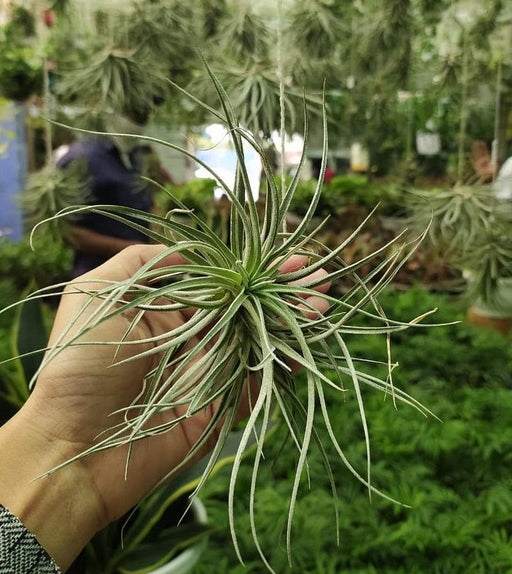
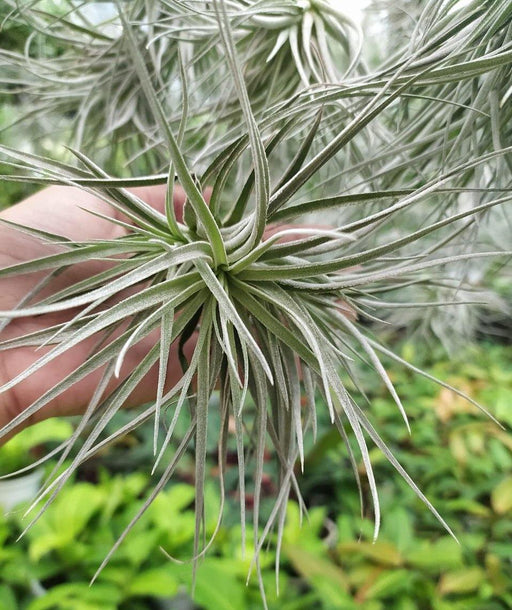
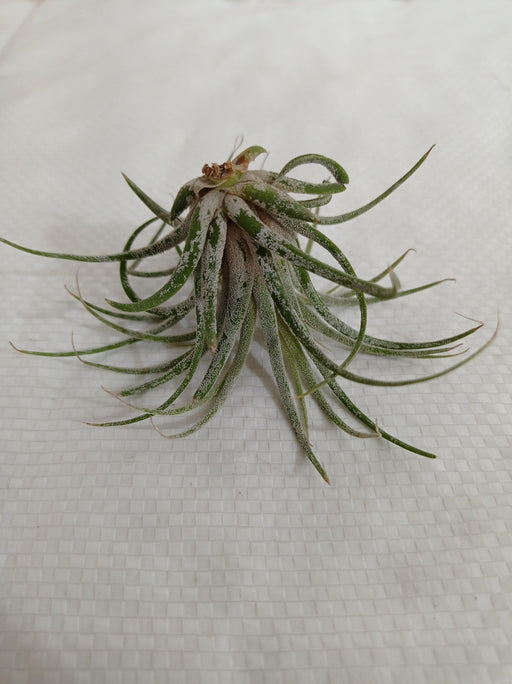
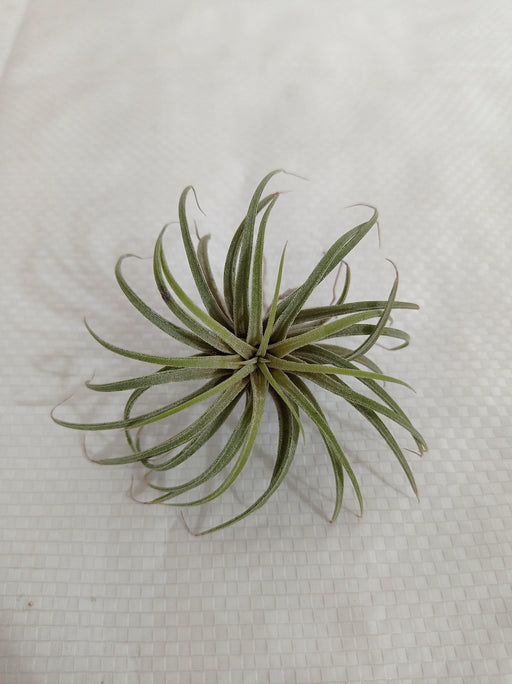
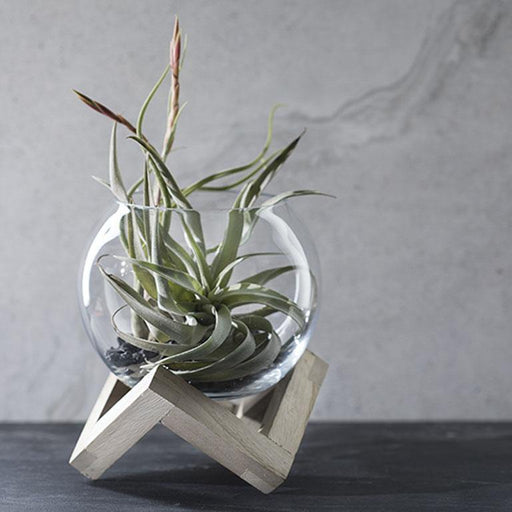
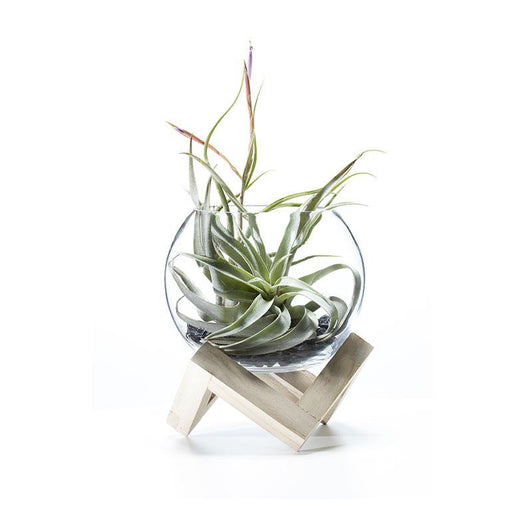
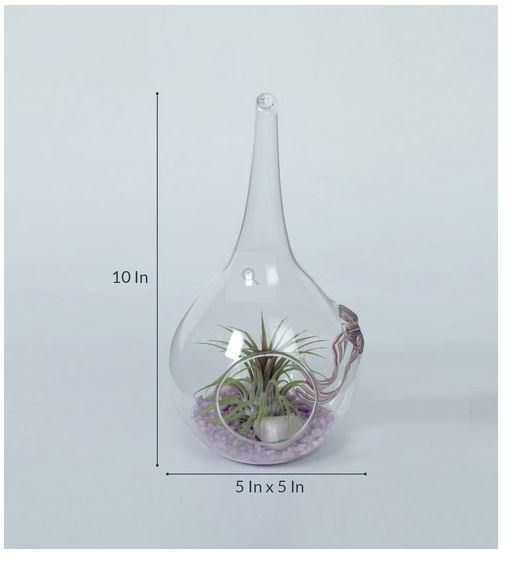
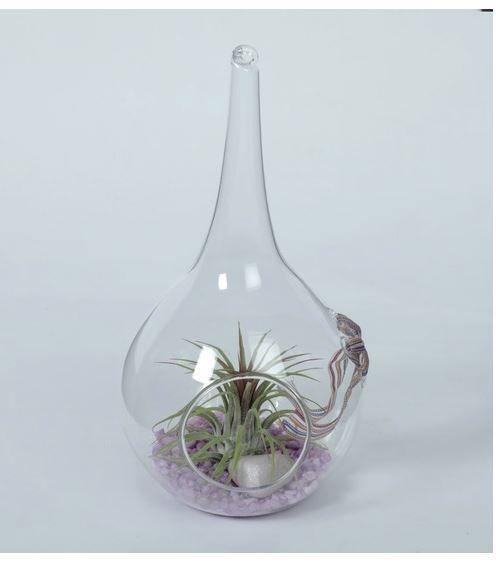
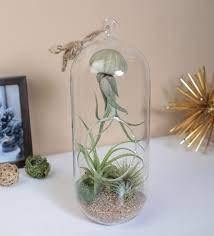
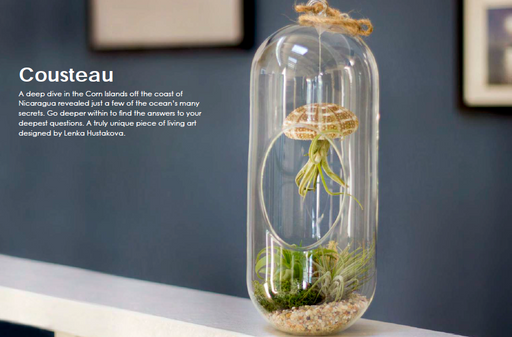
Leave a comment